Our story begins over a century ago when a group of women – who were dedicated to providing a safe home and hope for a good future to orphans and destitute women with children – founded what became known as All Church Home for Children. Today, that organization is called ACH Child and Family Services. While our programs and services have changed to meet the needs of our community, we remain true to our mission of protecting children and preserving families. We invite you to enjoy our story and join us as we continue our efforts to elevate children and families in need of help in our community for decades to come.

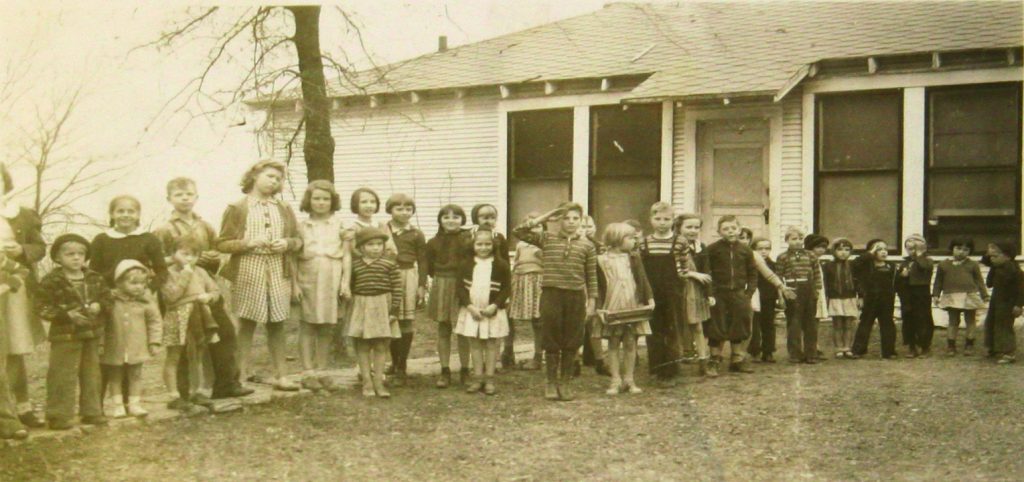
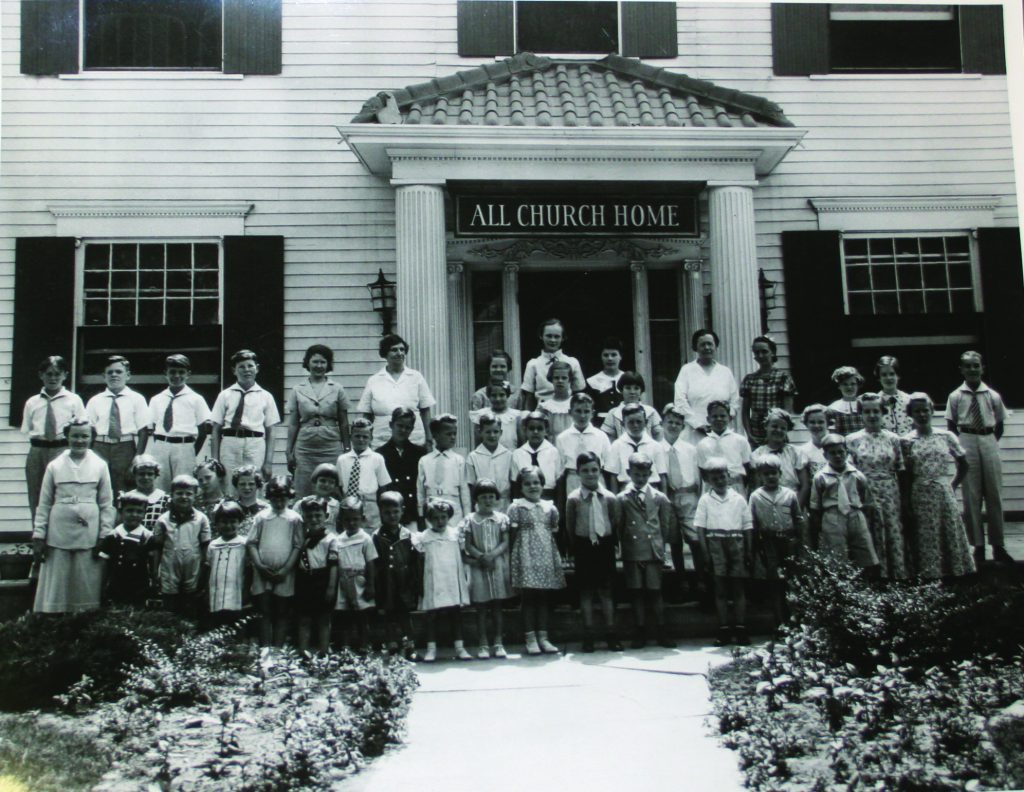
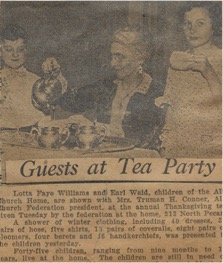
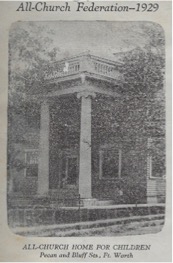


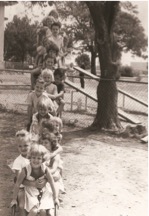
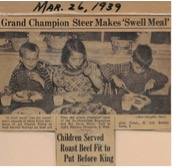

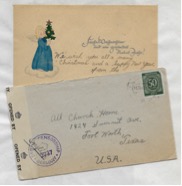
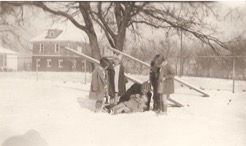
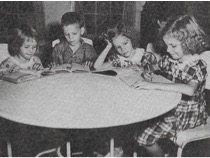
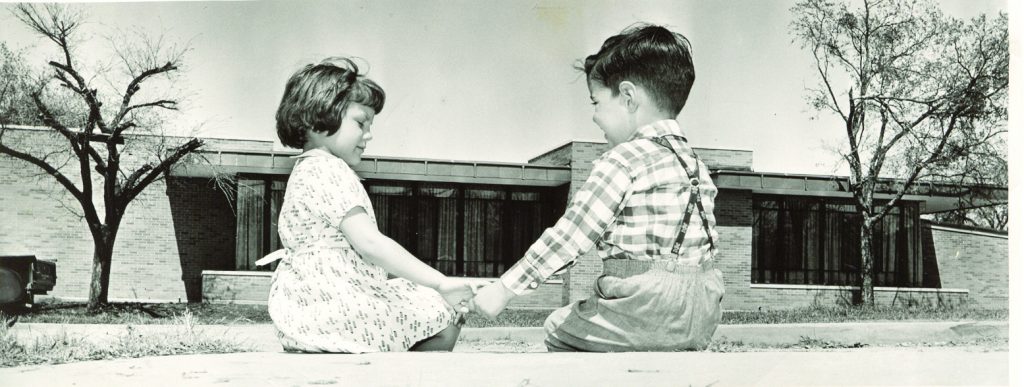
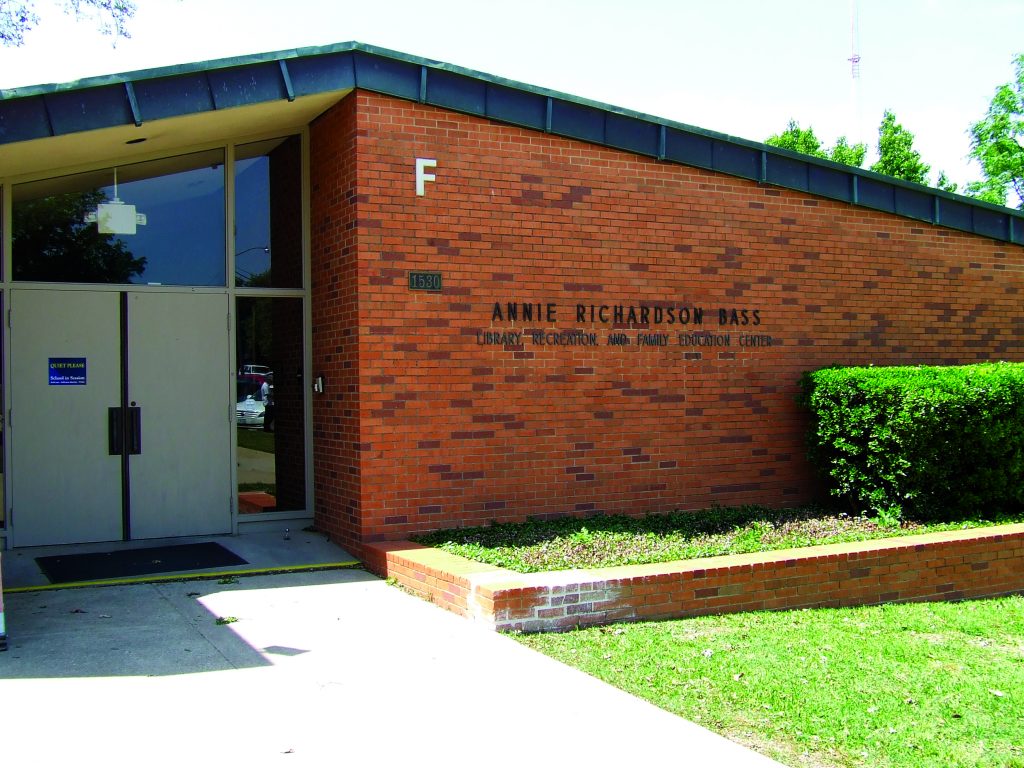
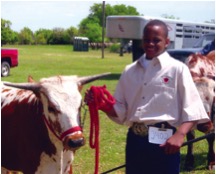


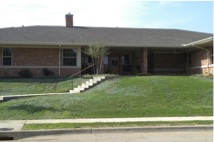



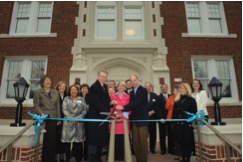
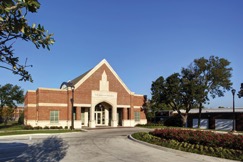
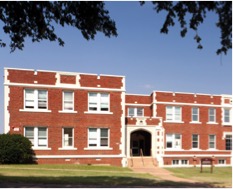
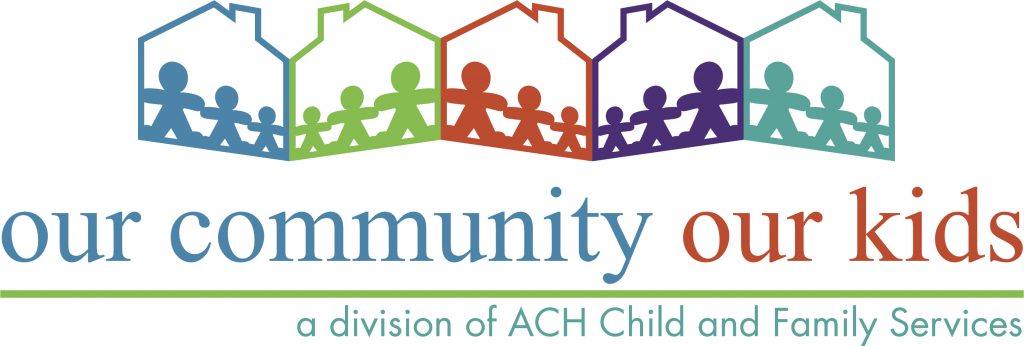
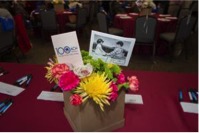
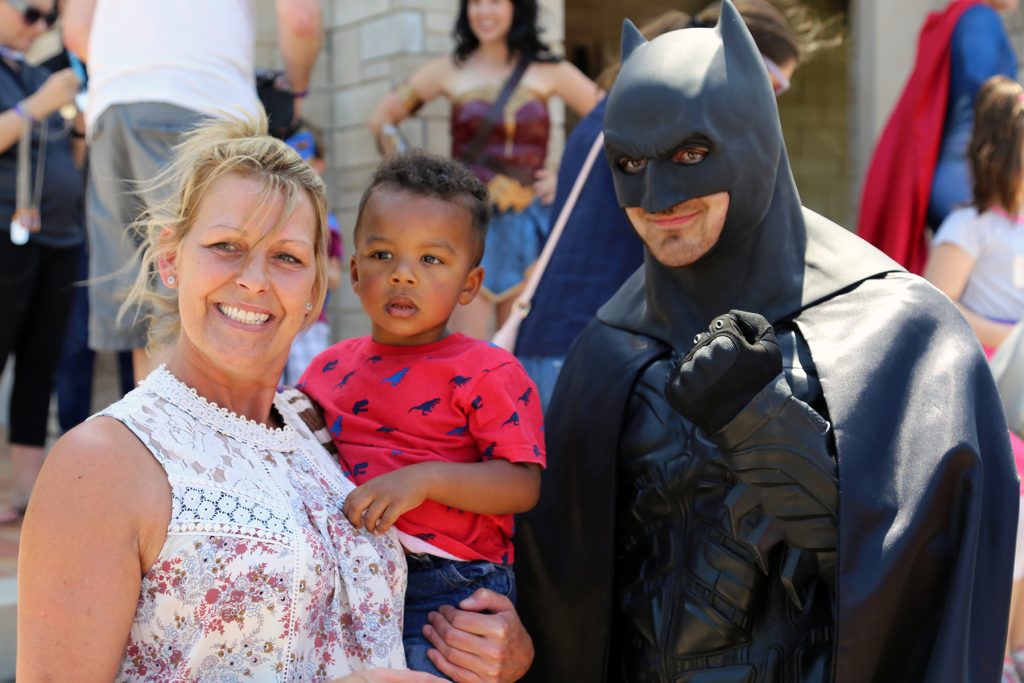
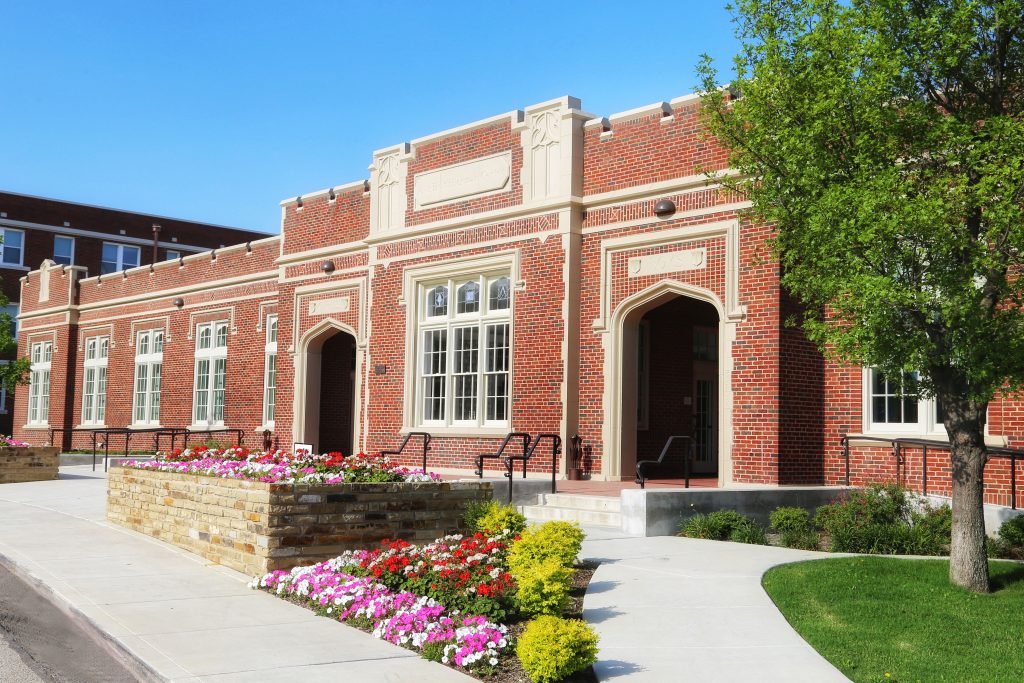




© 2009 - 2022 ACH Child and Family Services
Not an emergency services phone number. Call 911 for medical emergencies.
In Texas: 1.800.252.5400
Nationwide: 1.800.4.A.CHILD
Lorem ipsum dolor sit amet, consectetur adipiscing elit. Ut elit tellus, luctus nec ullamcorper mattis, pulvinar dapibus leo.